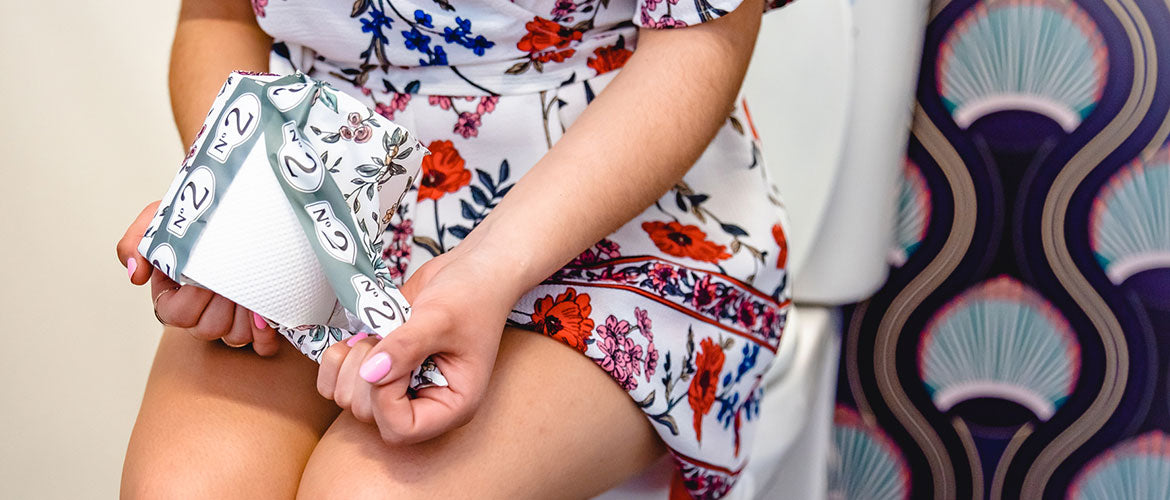
If you’ve ever attended a goldfish funeral or had a curious toddler drown a beloved figurine you’ve probably wondered (and possibly paid a hefty plumbing bill to find out) where does the toilet lead? Come with us on a tour of the modern sewage system.
Depending on where you live your WC might lead to a public sewer system or a septic tank. For those with public sewer systems your expulsions and toilet paper are flushed from the pipes in your house and out into larger underground pipes. Here all your waste and all your neighbors’ waste mingles with rainwater from storm drains, any evil clowns lurking in said storm drains, and enters even larger pipes en route to the wastewater treatment plant.
Once the sewage lands at the wastewater treatment plant it is screened for the unflushable objects such as tampons, “flushable” wipes (none of them are actually flushable), condoms, and diapers. These objects are taken to landfills or incinerators.
After this first screening, the remaining solid and liquid matter is churned into a brown sludgy liquid, which is sent to a grit chamber. Here any smaller solids (sand, rocks, wedding rings) will sink to the bottom and be moved to a landfill.
Next, organic solids are skimmed out of the sludge and transported to a thickener system, and then a digester area where microbes and enzymes will break down the matter. Once sufficiently processed this former waste will be dried out and used for fertilizer.
Though this changes from system to system, generally the remaining liquids are placed where microbes and certain planktonic life can process the waste. Typically, the liquid is run through activated carbon and sand filters for one final filtration before being released back into the environment or even piped into irrigation systems in dry regions.
What About Toilet Paper?
In theory toilet paper should dissolve soon after being flushed and will be treated with other liquid waste. However, using too much toilet paper or toilet paper that is too thick can cause clogged pipes. While all toilet paper will decompose eventually, this process can still take several years for traditional toilet paper. Bamboo’s fibrous nature means it breaks down easily in water and decomposes quickly. Because bamboo is naturally antibacterial there are no added chemicals to filter out.
No.2 toilet paper is the choice for sewage systems everywhere! Made from sustainably sourced bamboo with no dyes, scents, or BPA it will keep your tushy and your local sanitation workers happy.

